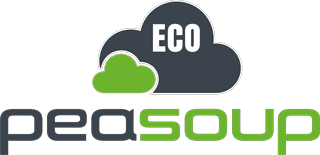

NIST - Definition of Cloud Computing
About NIST (National Institute of Standards and Technology)
How PeaSoup delivers Infrastructure as a Service (IaaS), defined as follows by NIST?
The capability provided to the consumer is to provision processing, storage, networks, and other fundamental computing resources where the consumer is able to deploy and run arbitrary software, which can include operating systems and applications. The consumer does not manage or control the underlying cloud infrastructure but has control over operating systems, storage, and deployed applications; and possibly limited control of select networking components (e.g., host firewalls).
The cloud model definition is composed of five essential characteristics:
1. On-demand self-service
A consumer can unilaterally provision computing capabilities, such as server time and network storage, as needed automatically without requiring human interaction with each service provider.


2. Broad network access
3. Resource pooling
The provider’s computing resources are pooled to serve multiple consumers using a multi-tenant model, with different physical and virtual resources dynamically assigned and reassigned according to consumer demand. There is a sense of location independence in that the customer generally has no control or knowledge over the exact location of the provided resources but may be able to specify location at a higher level of abstraction (e.g., country, state, or datacenter).
Examples of resources include storage, processing, memory, and network bandwidth.


4. Rapid elasticity
5. Measured service

